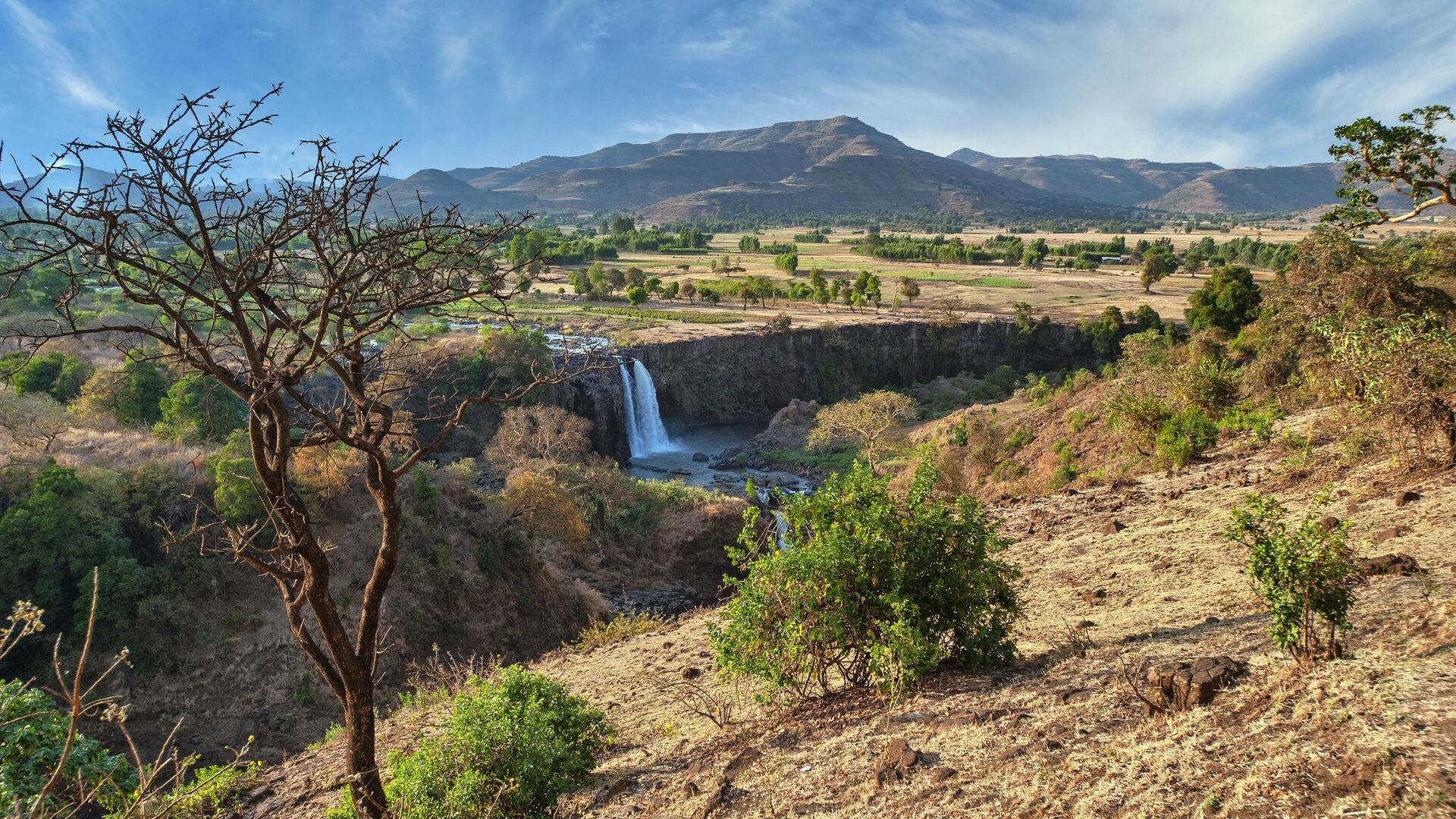
MOSCOW, March 24, Tatyana Pichugina. Scientists from the USA and Ethiopia examined the Homo sapiens site in East Africa. And they made a number of significant discoveries that can change our understanding of the ancient history of Homo sapiens.
An unusual site on the Shinfa River
In 2002, during a survey of the tributaries of the Blue Nile in northwestern Ethiopia, scientists discovered an archaeological site, which received the designation Shinfa-Metema-1 — after the name of the river on on the ancient terrace of which the parking lot is located.
Excavations have shown that people lived here for a very long time in the Middle Paleolithic. They left layers with tens of thousands of stone flakes and plates, as well as a huge amount of animal and fish bones with traces of cutting.
Local craftsmen processed basalts, shales, quartz, and chalcedony, cutting off the excess and obtaining symmetrical pointed tools. The nature of the damage suggests that it was a penetrating weapon — most likely arrowheads.
This is an amazing discovery, since the first convincing evidence of the use of a bow appears twenty thousand years later, in France (Mandrin Cave, 54 thousand years).
Previously, similar tips were found in Africa, but it was believed that these were parts of darts or spears. Now we may have to reconsider the birthplace of archery.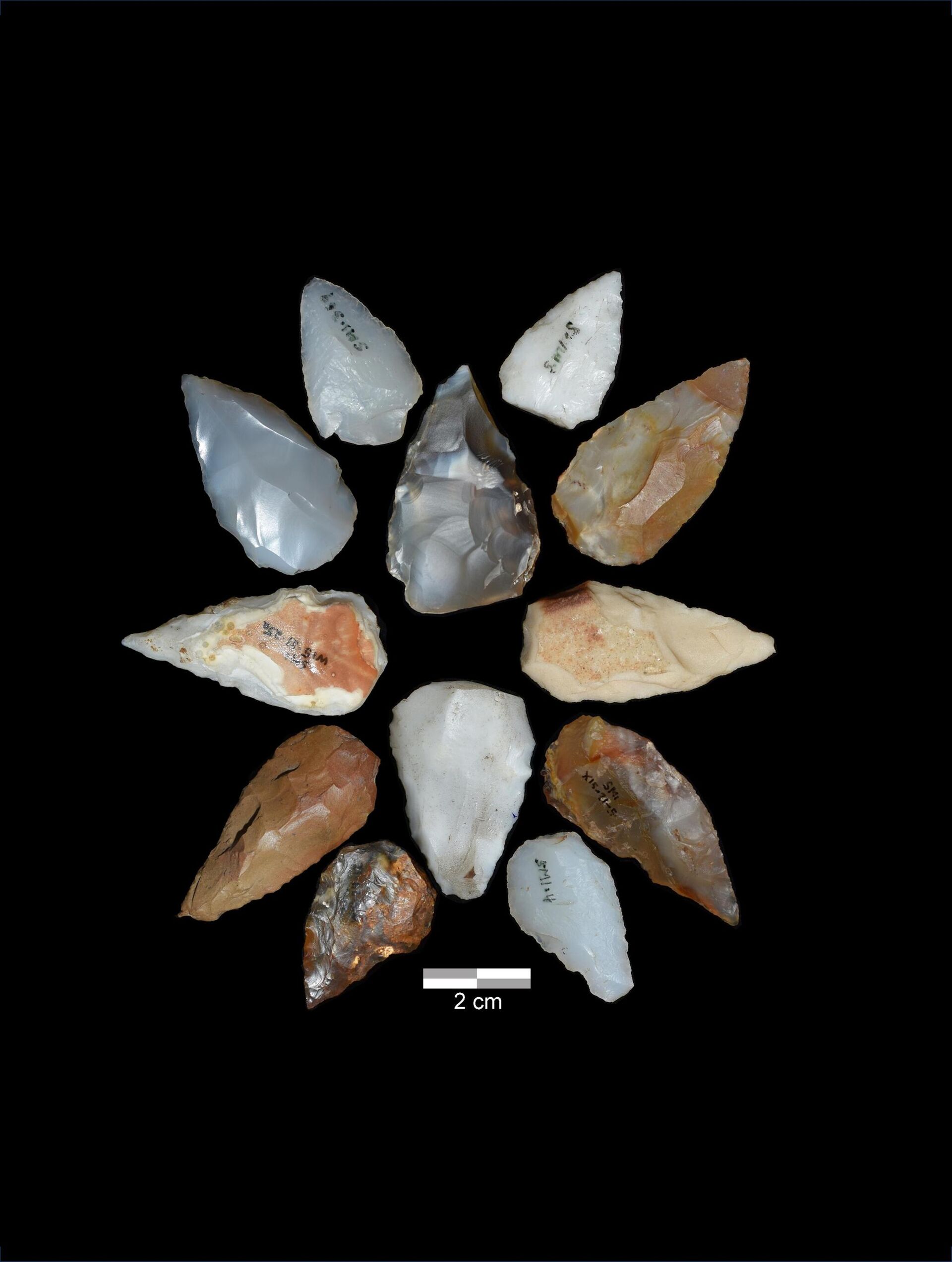
What the bones told
The inhabitants of Shinfa-Metem-1 ate a varied diet. They hunted mainly small ungulates, less often warthogs and giraffes. Also on the menu were monkeys, guinea fowl, rodents, rabbits, small birds, snakes, lizards and frogs. They obtained ostrich eggs and, judging by the burnt shells, cooked them over a fire.
At some point, the meat diet was replaced by a fish one — many catfish bones and mollusk shells were found in the sediments. Scientists wondered what prompted people to adjust their diet.
Now the Shinfa and other tributaries of the Blue Nile are seasonal, that is, they are full only during the rains. The rest of the time they dry up, leaving only small puddles and oxbow lakes. Weather fluctuations affect the dental structure of animals that drink from these bodies of water. So, if the air is dry, the content of the heavy isotope oxygen-18 increases in the enamel.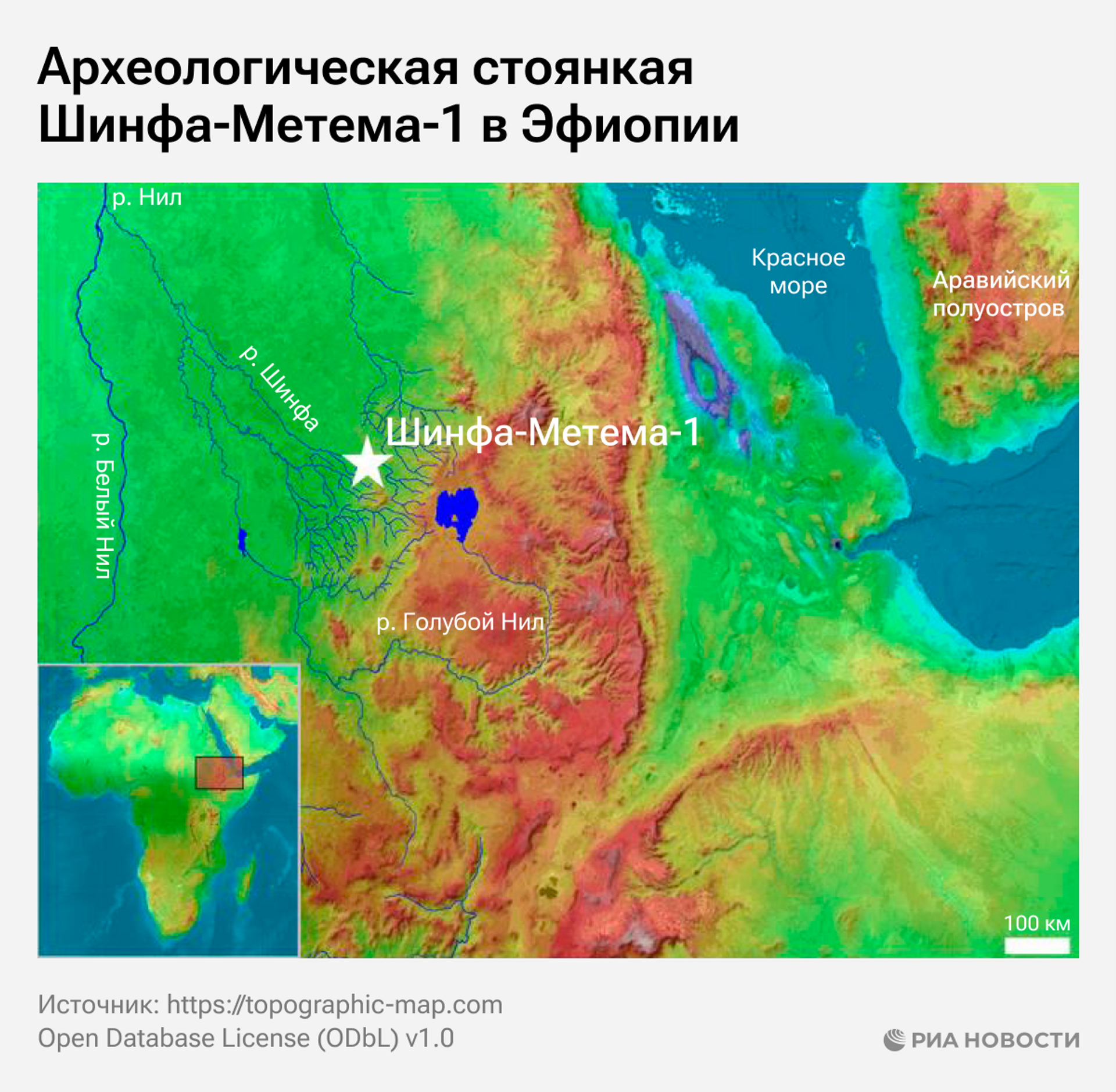
This helped to find out that in those days the climate was arid. When the main riverbed dried up, people looked for lakes and oxbow lakes. Animals came to the watering place — there they were probably shot with a bow. They caught fish by hand in shallow reservoirs, as the locals still do.
To clarify the age of the site, we turned to cryptotephra. This is a set of methods that make it possible to accurately date sediments if they contain eruption products. At Shinfa-Metema-1, scientists discovered microscopic inclusions of volcanic glass. Analysis of the chemical composition showed that these droplets are from the Toba supervolcano, located on the island of Sumatra. Apparently, they got here by air during the largest eruption that occurred 74 thousand years ago.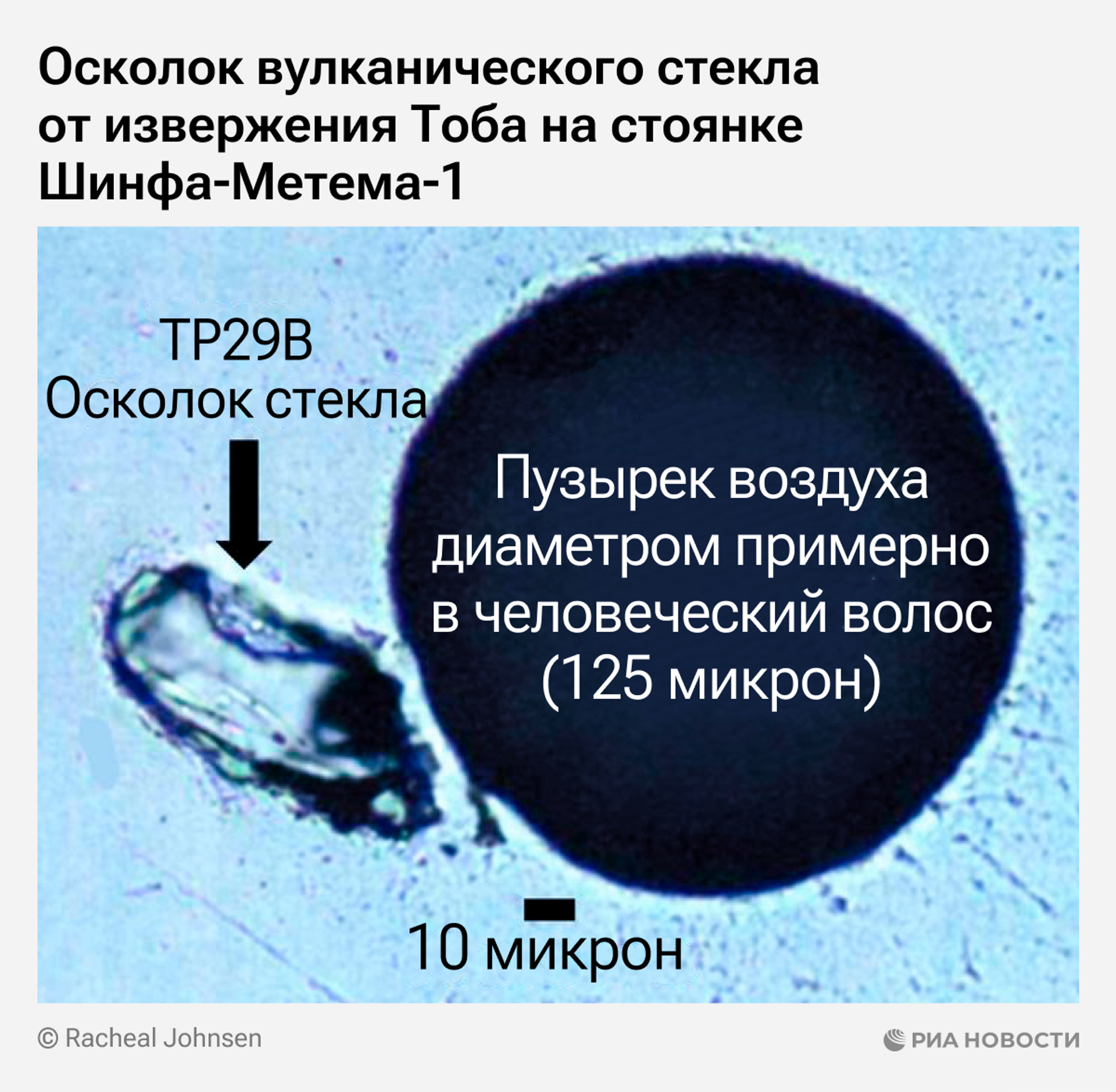
Adapted and survived the disaster
Then the volcano released huge amounts of ash and greenhouse gases into the atmosphere. Some scientists believe that an ancient cataclysm led to a «volcanic winter» that could bring humanity to the brink of extinction. In search of food, people left Africa and settled around the planet.
It is unclear whether the inhabitants of Shinfa-Metem-1 could be our ancestors. Scientists from the USA and Ethiopia, led by John Kappelman, doubt this. Their article with the results of many years of research has been publishedrecently in Nature. Most likely, another group of Homo sapiens later made the exodus to Eurasia. However, the parking lot shows how this could happen.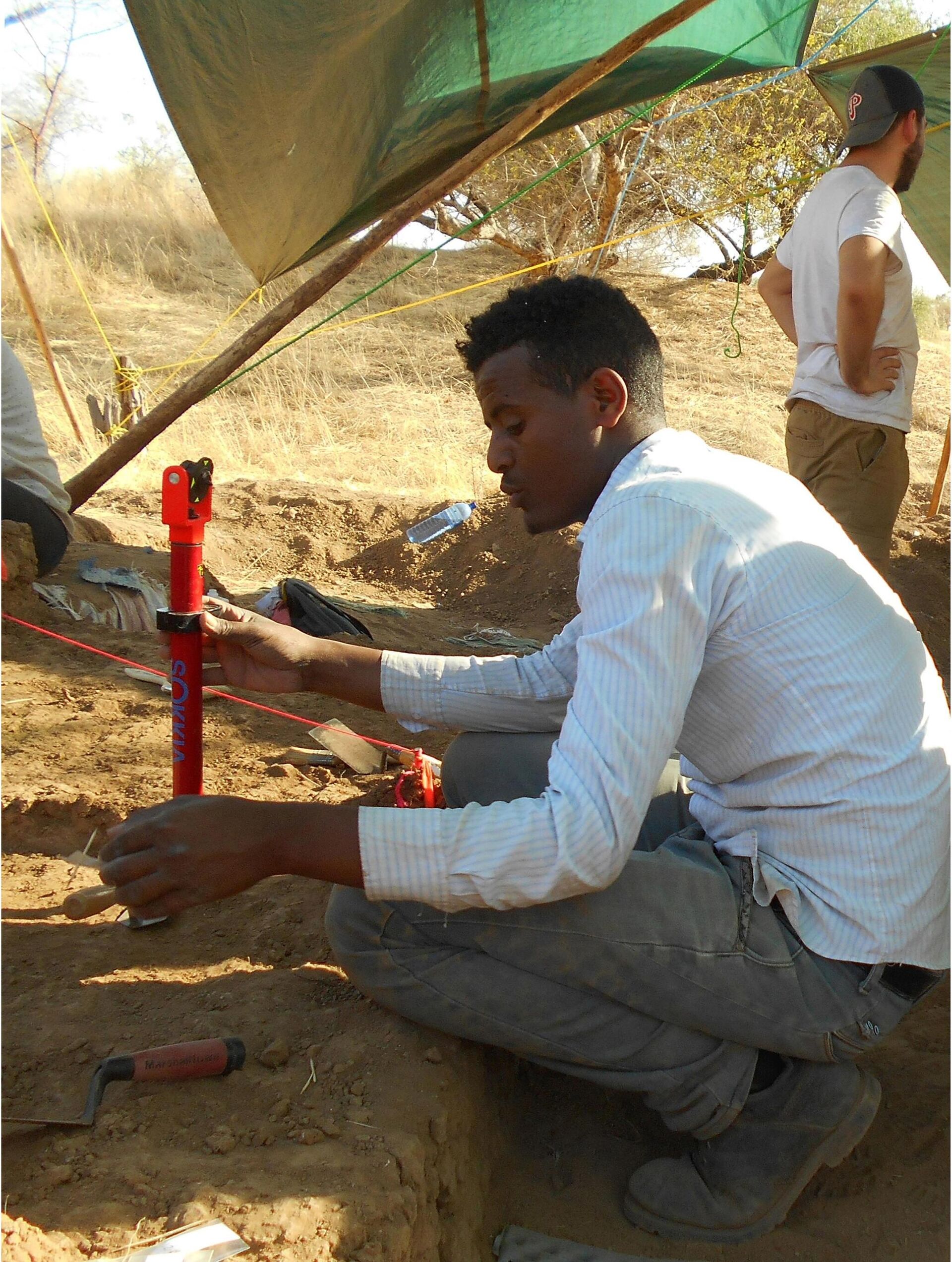
Traditionally, it was believed that people moved from Africa during favorable periods, full of moisture, when the rivers were deep, and food could be found in the desert. It is now clear that this was not necessarily the case.
People were perfectly adapted to drought and resource scarcity, and could move along dry riverbeds in search of puddles and prey grazing around them. The authors call this the “blue highway,” which operated during the harshest periods.
Constant environmental pressure made people more flexible, encouraged them to look for new habitats, and thus launched the process of exploration of Eurasia. But new discoveries are needed to support the Blue Highway idea.











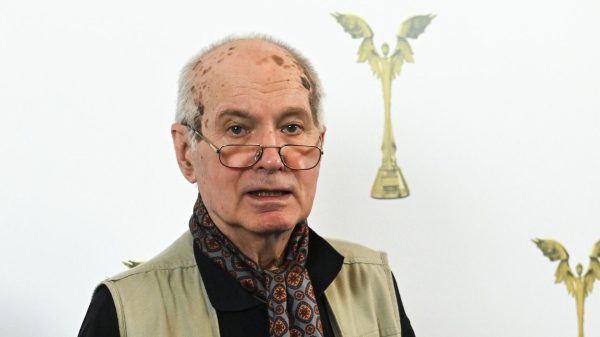








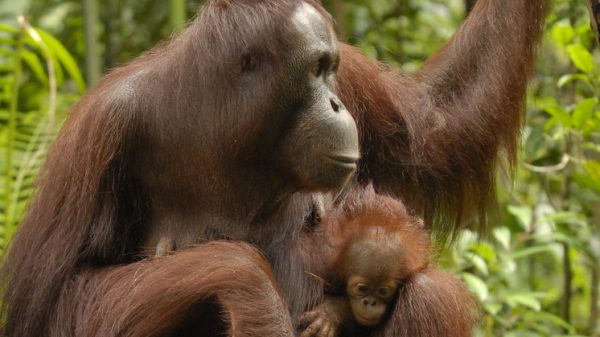




































Свежие комментарии